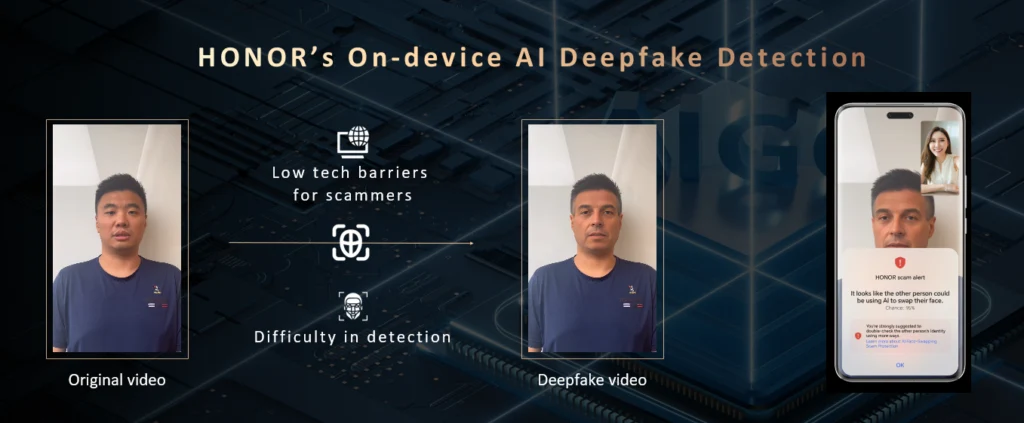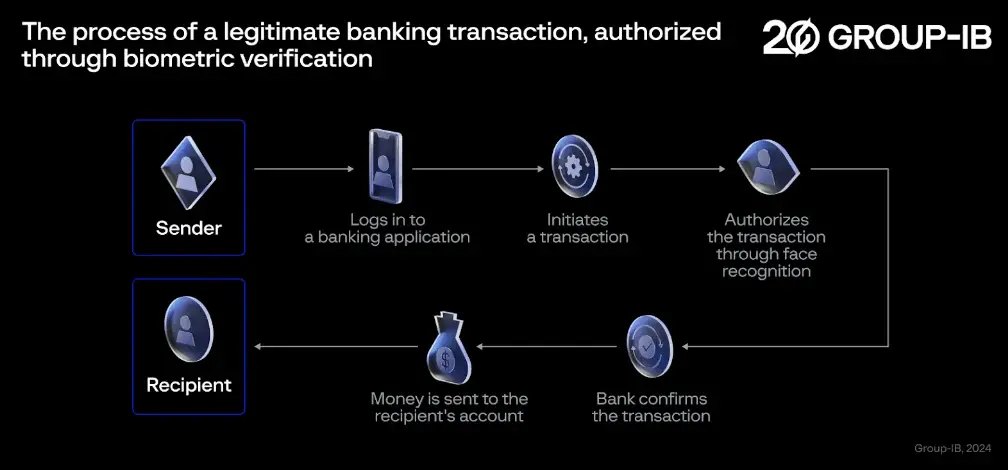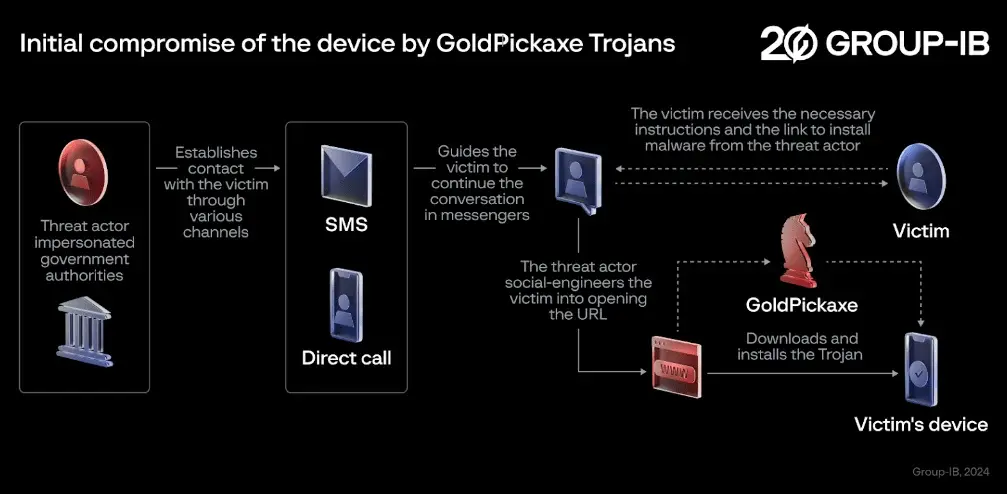Key Takeaways
1. Nvidia received a request from the Chinese cyberspace authority to clarify concerns about national security threats related to their chips.
2. Nvidia firmly denies having “backdoors” in their chips that could allow remote access or control.
3. The company opposes U.S. proposals for government backdoors and argues they would create vulnerabilities that hackers could exploit.
4. Nvidia cites the failed Clipper Chip program from the 1990s as a lesson against implementing government backdoors in hardware.
5. The company distinguishes between user-controlled software features and inherent hardware flaws, maintaining there are no security compromises in their products.
Last week, it was reported by Reuters that the Chinese cyberspace authority officially requested Nvidia to clarify their position, expressing concerns about potential national security threats. In response, a representative from Nvidia stated, “Nvidia does not have ‘backdoors’ in our chips that would give anyone a remote way to access or control them.”
Nvidia’s Stance on U.S. Proposals
In a recent blog entry, Nvidia has voiced its disapproval of suggestions made by U.S. lawmakers while also addressing the worries raised by China’s cyberspace regulator. The blog post, which is named “No Backdoors, No Kill Switches, No Spyware,” explains that incorporating such measures would turn into a “gift to hackers and hostile actors,” leading to risky vulnerabilities that are easy to exploit. Nvidia likened this concept to “buying a car where the dealership keeps a remote control for the parking brake,” deeming it an excessive reaction that could jeopardize U.S. economic and national security.
Historical Context and Lessons Learned
The chip manufacturer pointed to the unsuccessful Clipper Chip program from the 1990s as a significant example, arguing that the endeavor to implement government backdoors within hardware resulted in centralized weaknesses and eroded user confidence. This historical context reinforces their stance against any measures that could compromise security.
Differentiating Hardware from Software
Furthermore, Nvidia dismissed any parallels drawn with smartphone features like “remote wipe,” clarifying that these are user-controlled software options rather than inherent and unmanageable flaws in hardware. In closing, the company emphasized that intentionally compromising essential infrastructure should never be a tactic employed by the government, firmly reaffirming their position: “There are no back doors in Nvidia chips. No kill switches. No spyware.”
Source:
Link












